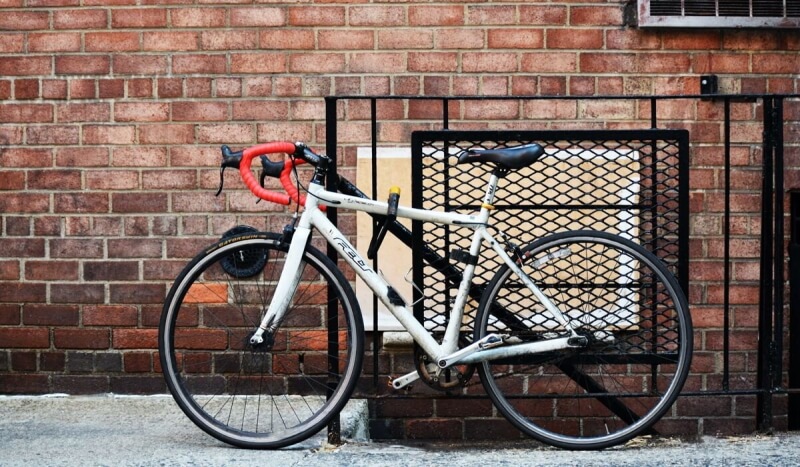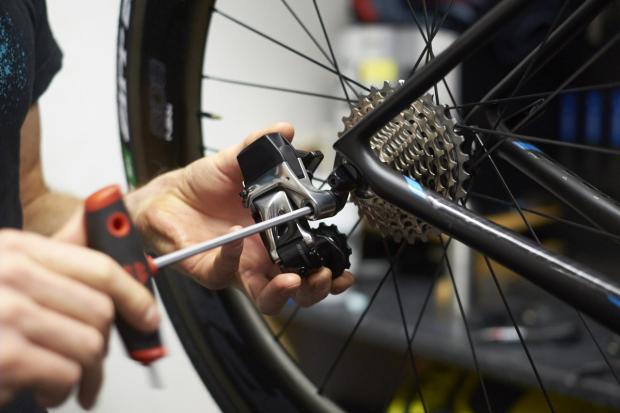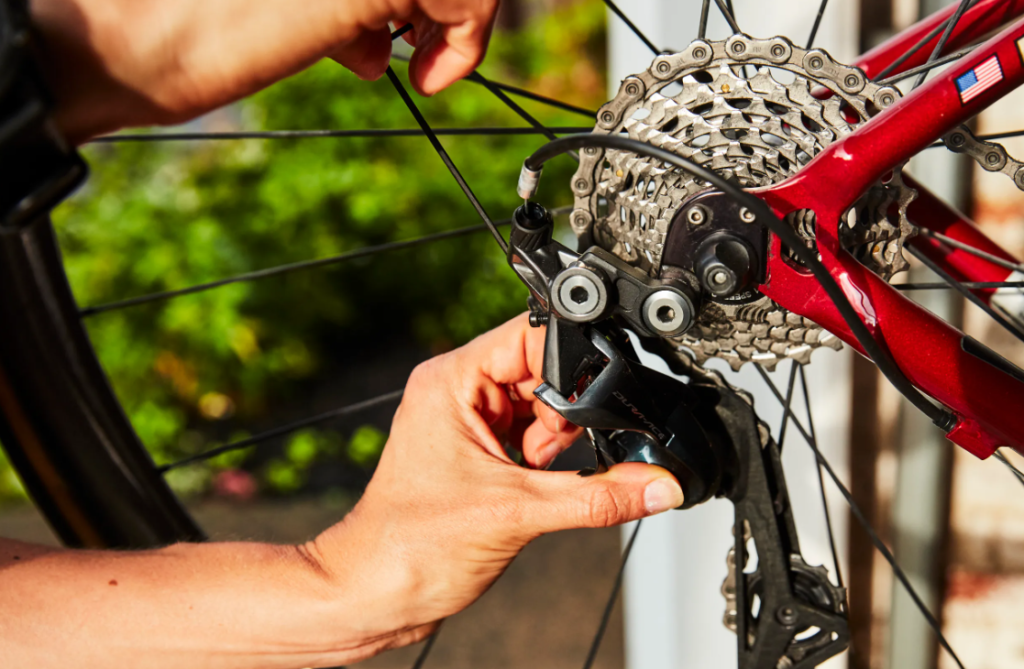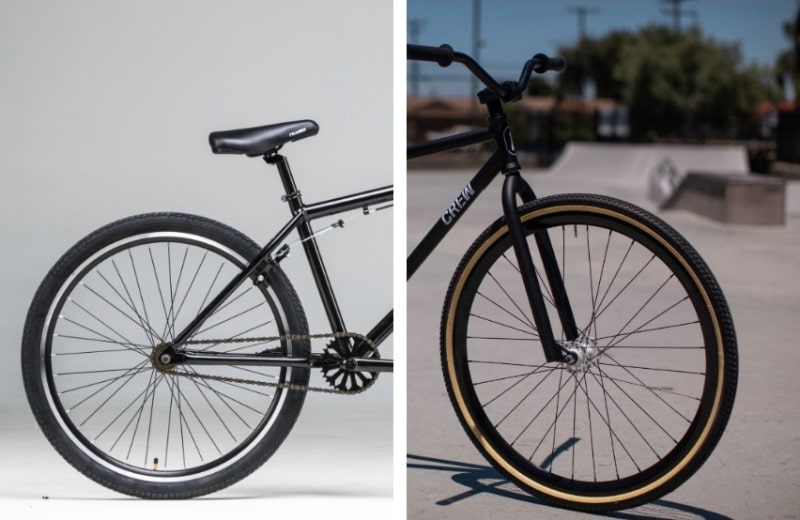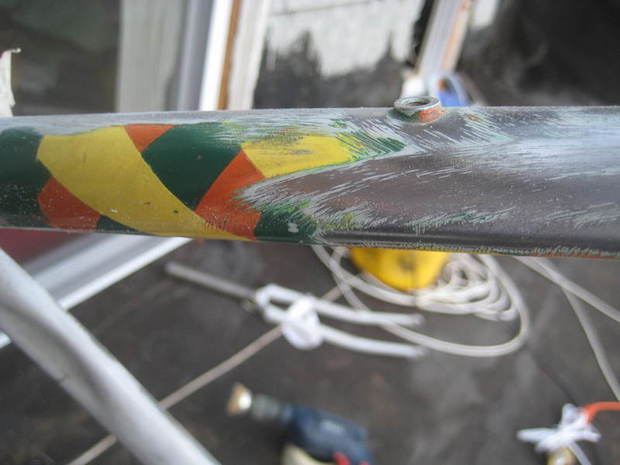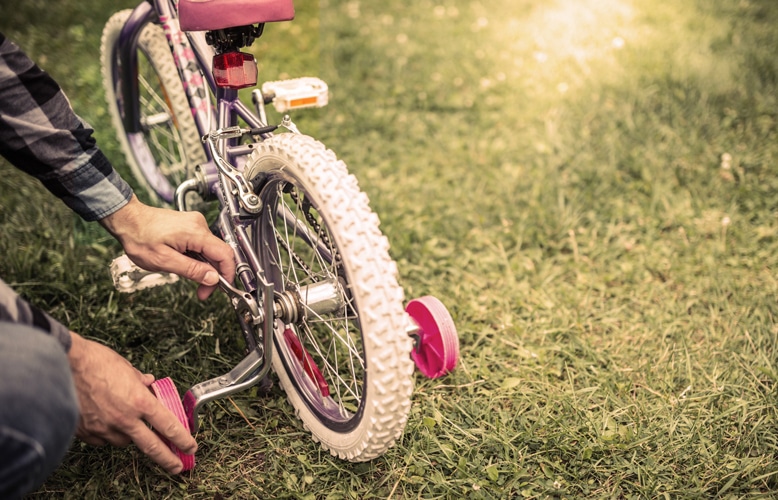- Trails
-
Bikes
-
Gear
-
Tips & Tricks
-
About us


A bike has many parts that work together. To prevent them from wearing down quickly, it’s important to know how often to lube the bike chain. The frequency at which you lube the bike chain depends in part on what kind of lubricant you use and how you use your bike. It’s also important to check the instructions on the lubricant itself to know how often the lubricant suggests adding more.
The general answer, though, is 150-200 miles at a minimum. You’ll know when your chain is begging for more lubrication when it starts getting squeaky or offers any amount of extra resistance. We’ll discuss the factors that go into choosing the right lubrication in addition to various factors that go into how often you lubricate. We’ll also briefly explain how to lubricate your chain.
Lubricating your bike Trusted Source I Was Afraid of the Bike Path. So I Hired a Bike Coach. There is no shortage of private bike instructors. An online search turned up someone promising, but her fee, for a 90-minute lesson, was a stupefying $475. I quickly moved on to Andrée Sanders, who bills herself as the Bike Whisperer. www.nytimes.com is one of the most important routine maintenance actions you can take to ensure your bike lasts for a long time. The bike chain is the force that drives energy from your pedals to the tires, so it’s pretty important to keep the chain in good shape. The chain also has the most chances to get full of grime, dirt, and other nasties that would cause it to lose lubrication simply because it’s close to the ground and sometimes uncovered.
A well-lubricated bike chain is quieter and actually makes biking easier. You are not fighting against the chain’s wear and tear when biking with a nicely maintained chain.
Yes, your chain can break without being lubricated. Chain breaks don’t happen especially often, mostly because observant bikers can hear a chain that will be breaking soon. They will often be squeaky or rattling under normal conditions and will often not look normal visually. A chain without lube breaks more often because mud, dirty, and other environmental factors weaken the metal links that hold a chain together.
The larger problem with a breaking chain occurs in the gears of your bike. An unlubed chain will cause more wear in your cassette and chainrings than a lubricated chain. Wear within these gears makes your bike harder to shift and ride.
The answer is, this depends more on you than anything else. Wet lubricant doesn’t actually mean the lubricant itself is wet – it’s more about the lubricant preventing the collection of precipitation like snow, slush, and rain. Consider web lubricant to be an all-weather lubricant and especially useful for people who bike in wet climates or travel on their bike in the snow. Wet lube has the disadvantage of attracting more dirt because it is stickier.
Dry lube offers protection against dirt, dust, and other organic material you bike through. A biker who finds themselves doing mountain biking on dirt might find dry lube extra helpful. The downside to dry lube is that it tends to require a more repeated application – once every 100 miles. In some cases, lubricants can do both.
Dry lube is water-soluble and meant for dry conditions. If the bottle says dry lube, you’ll likely want to reapply it after every use. Using dry lube on your everyday ride can work if you are in a dry climate but isn’t intended for constant use in the wet.
A bike used on gravel frequently might benefit more from a dry lube. A road bike is most often ridden in the city without rain or dirt also works well with dry lube.
Wet lube is indeed the opposite. While it won’t wear off as easily as dry lube in wet weather, you’ll find yourself collecting an unusual amount of dirt, mud, and whatever else is on the ground.
You may have heard about chain wax as a method of lubricating your chain that lasts longer and has a good balance of effects between dry and wet lube. Applying chain wax involves removing the bike chain completely, which in case you are wondering, can be done without tools.
The ideal method is to melt paraffin wax in a slow cooker, then dip the entire chain in the mix. Remove the chain, then wait a while – about an hour to let the wet drip and dry.
If you can’t remove your chain without tools, this is not recommended, especially if you use your bike quite regularly. You’ll be removing your chain a bit more often.
Ceramic lube isn’t used on a regular basis, but it offers the added advantage of nanoparticles that will decrease the friction – even compared to regular lube. For competitive racers, ceramic lube might be a good idea to reduce the amount of energy you’ll need to move your bike. The downside? More expensive. We would suggest something more typical like this one instead.
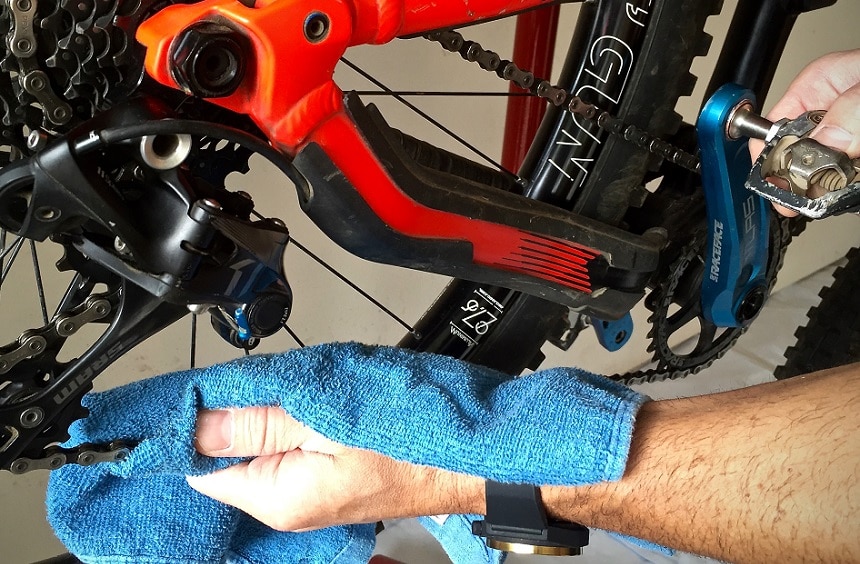
You might need to start with cleaning the rust off your bike chain. You’ll first want to degrease the chain or remove any grease that was already there and old. Cleaning the chain is the next step. Thankfully you don’t really need much special to clean your chain and can use regular household products. The easy answer is that you’ll just need a cloth and a brush to get into areas that might be hard to reach.
To get onto the next step for greasing our chain properly, you’ll want to dry the chain off completely. Now you can use dry lube or wet lube on your chain. You won’t need much, though your particular bottle will inform you about how much to use. Got runny lube? You can wipe the wet or dry lube that runs to the edge off.
Also, while you can run your chain while you are lubricating, we suggest you wait until you are done lubricating to do so. You’ll see some movie scenes where maintaining the chain includes spraying the lubricant onto the chain while the chain is driven by the pedal. This isn’t necessary. Why not just move the can of lube and spray at your own speed?
It depends on the type of lubricant you are using and the condition of your chain. Generally, it’s best to apply a small amount of lubricant and then wipe off any excess.
To do that you need to take the following steps:
1. Clean the chain with a degreaser or a cleaning tool.
2. Apply dry lube to the chain with an applicator or a clean cloth. Make sure to get it on all the inner and outer plates.
3. Turn the pedals backwards. This will help distribute the lubricant evenly.
4. Wipe off excess lube with a clean cloth or a cleaning tool.
5. Ride the bicycle for a few minutes to help the lubricant to settle in.
Knowing when to lubricate your chain is half the battle! We hope we thoroughly answered the question of how often to lube your bike Trusted Source A Starter Kit for Biking in New York With gyms closed (and now reopened with restrictions) and some wary of public transportation, many New Yorkers have embraced biking for commuting and recreation during the pandemic. While increased demand and a disruption of the supply chain has created a shortage of bikes, there is plenty of good news: cycling is good for the health of both the biker and the environment, and it makes for an overall more livable city. www.nytimes.com chain, as the advice is pretty important to how well your bike chain works – and how much work you have to do to a bike.
You won’t need much – you can spray the lubricant onto the bike chain without taking anything off, making it easier to do so about every 150 miles or less. For a person who bikes 25 miles per week through the countryside for fun, this feels like you’ll be lubricating your bike frequently. A person biking less often but doing so under more extreme conditions might need to lubricate more often, even without using the bike on a regular basis.
